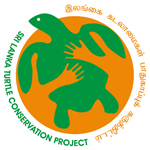Community Programs
...
The Sri Lanka Turtle Conservation Project aims to devise and facilitate the implementation of sustainable marine conservation strategies through education, research, and community participation by working alongside government departments, academic institutions and other NGOs.

To achieve sustainable levels of sea turtle populations in Sri Lanka.
Devising and facilitating the implementation of sustainable marine conservation strategies through education, research, and community participation by working alongside government departments, academic institutions and other NGOs.
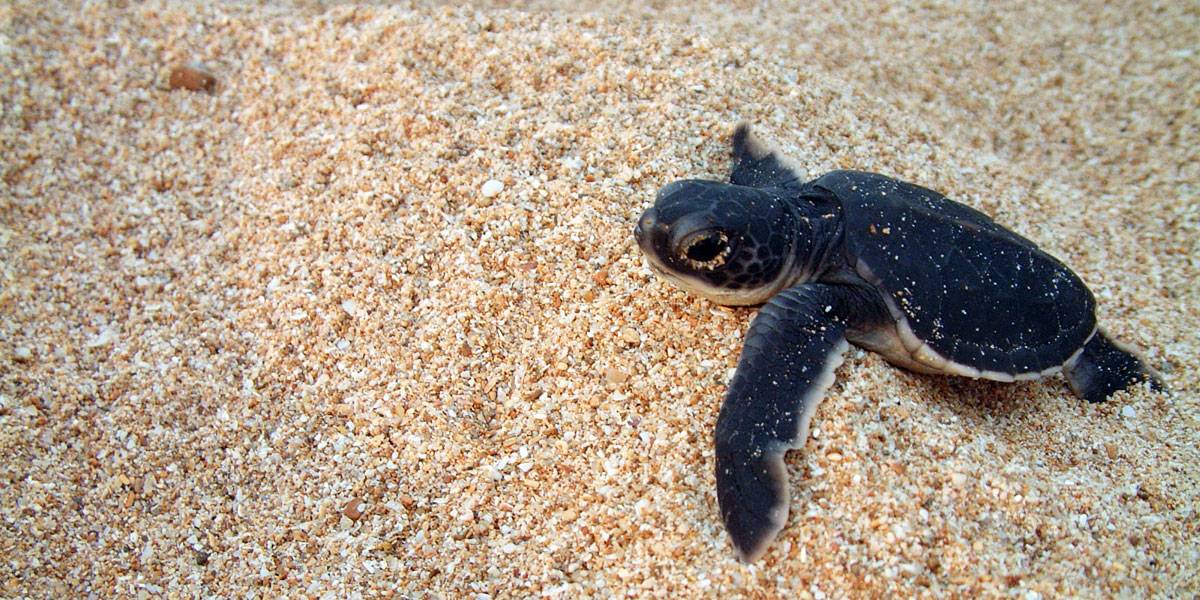
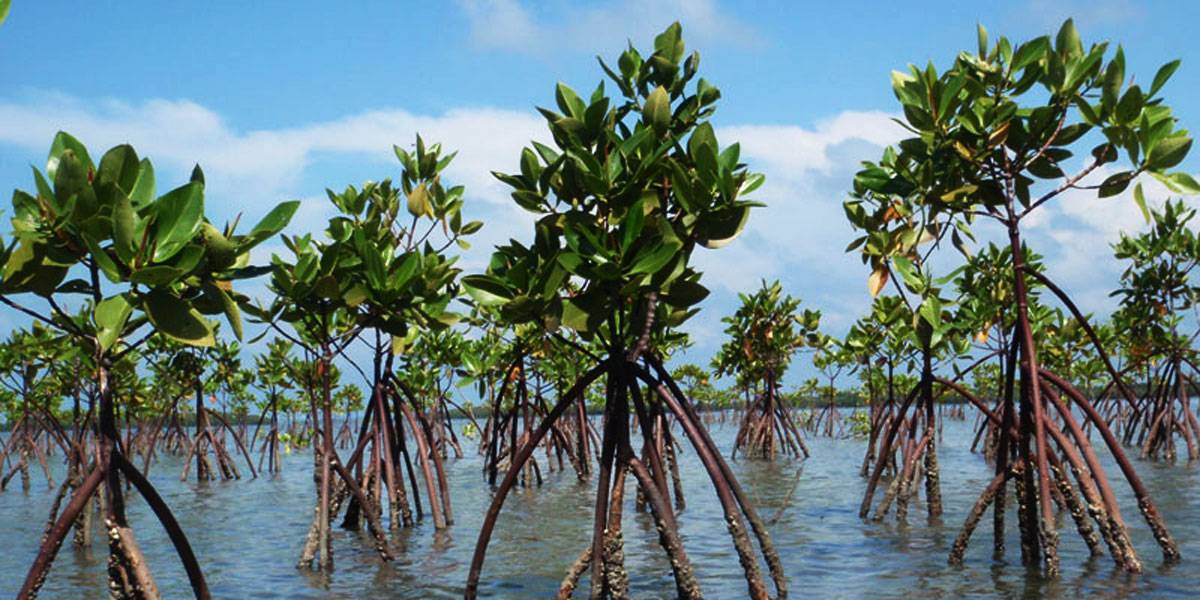
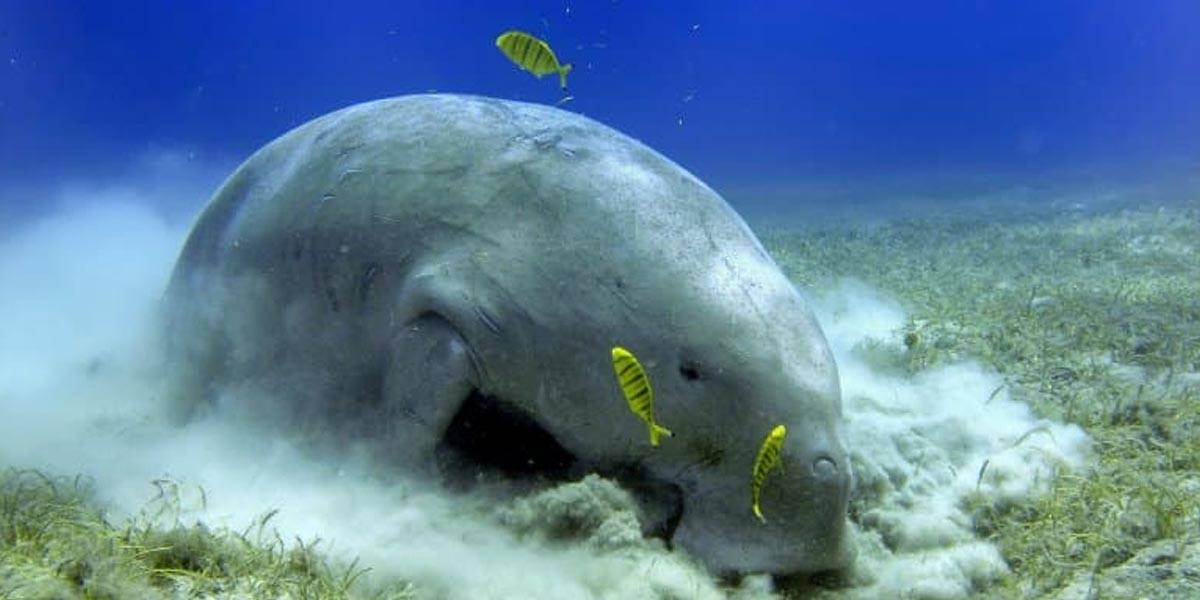
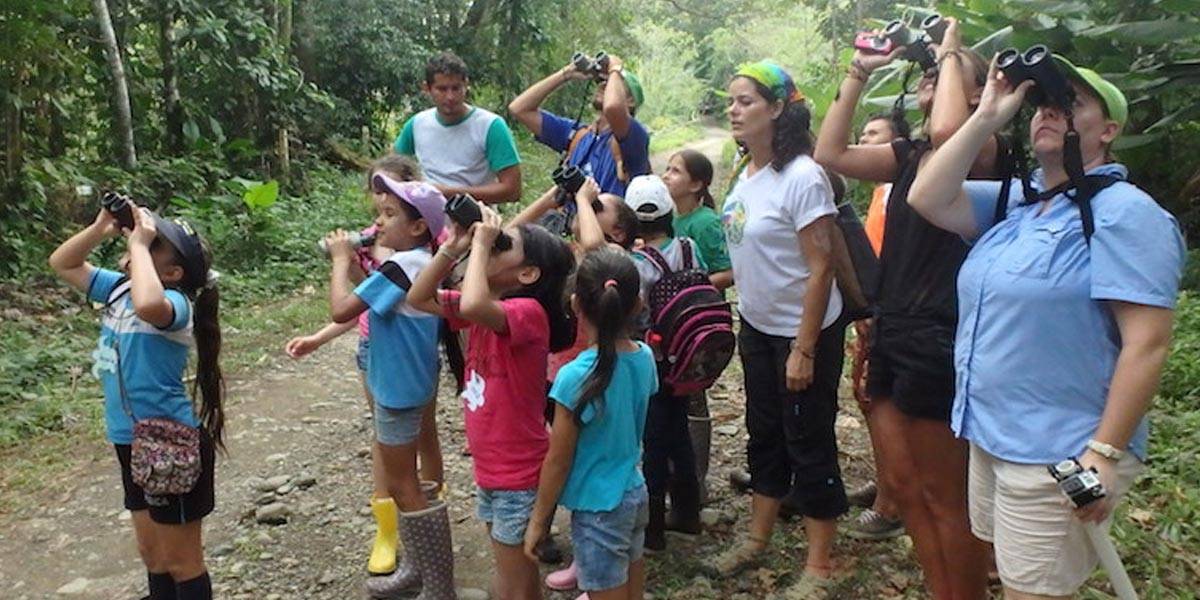
Implementation of sustainable conservation strategies to increase sea turtle populations in Sri Lanka.
Conservation, management and restoration of mangrove ecosystems through community participation.
Enhancing conservation effectiveness of seagrass ecosystems and supporting Dugong populations that depend on them.
Empowering local communities through education, awareness and alternative livelihood development.
Map of Sri Lanka’s Turtle Spotting Locations
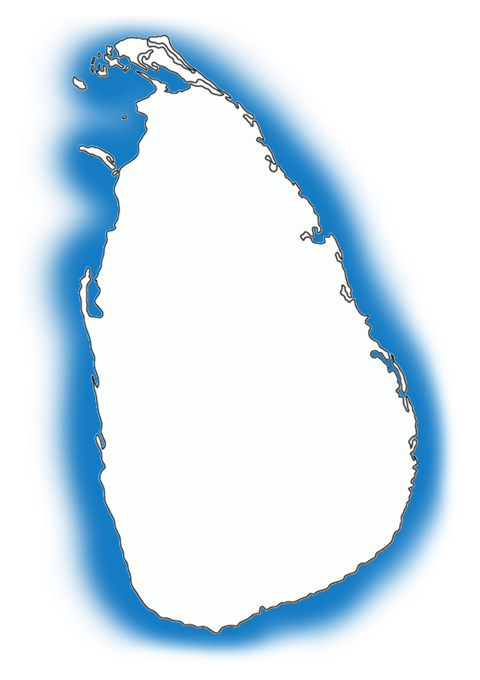
















Years
Projects
Awareness Programs
Staff
Beneficiaries

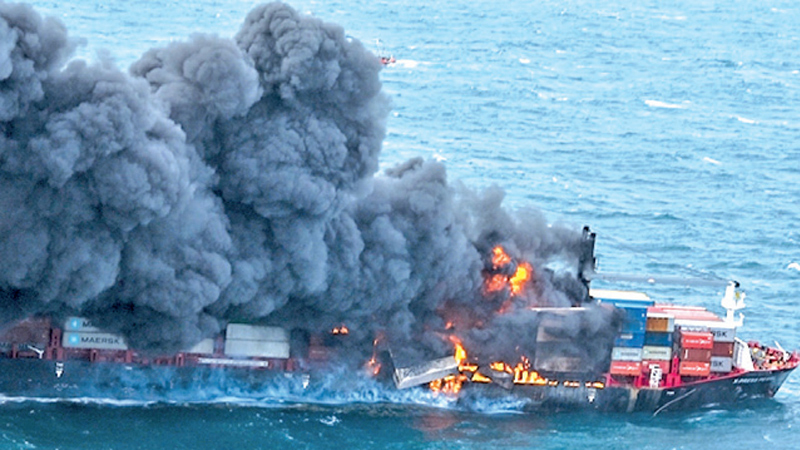
X-Press Pearl Maritime disaster
According to reports, the X-Press Pearl maritime tragedy was the worst maritime accident ever
occured in Sri Lankan waters. This three-month-old container ship was registered in Singapore
and it was operated by X-Press Feeders, one of the biggest feeder ship operators in the world…
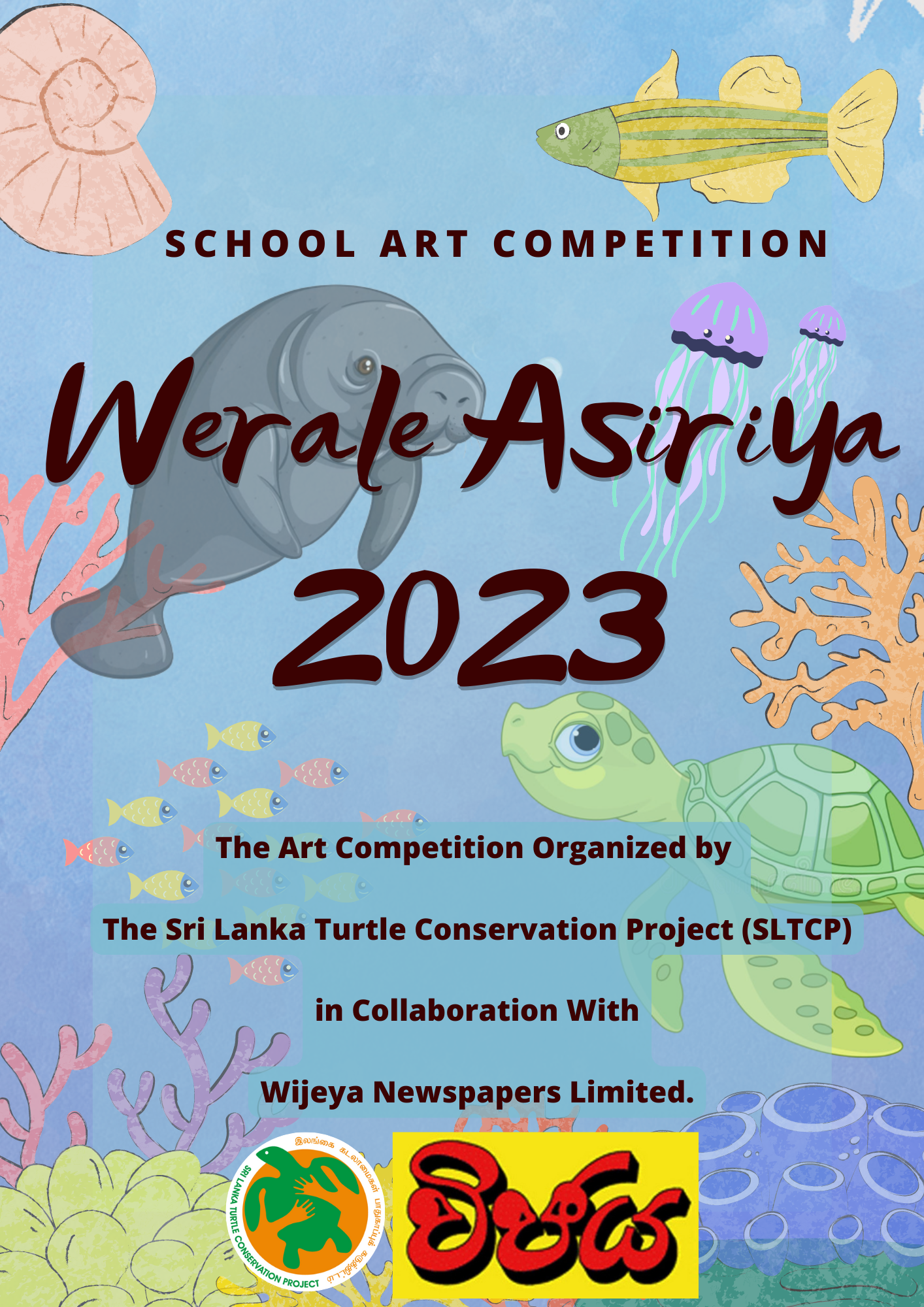
“Werale Asiriya” – 2023 All Island School Art Competition
The Sri Lanka Turtle Conservation Project organized an annual art competition as “Werale Asiriya”. This program was organized with the aim of reducing the socio Psychological problems encountered by the students. .
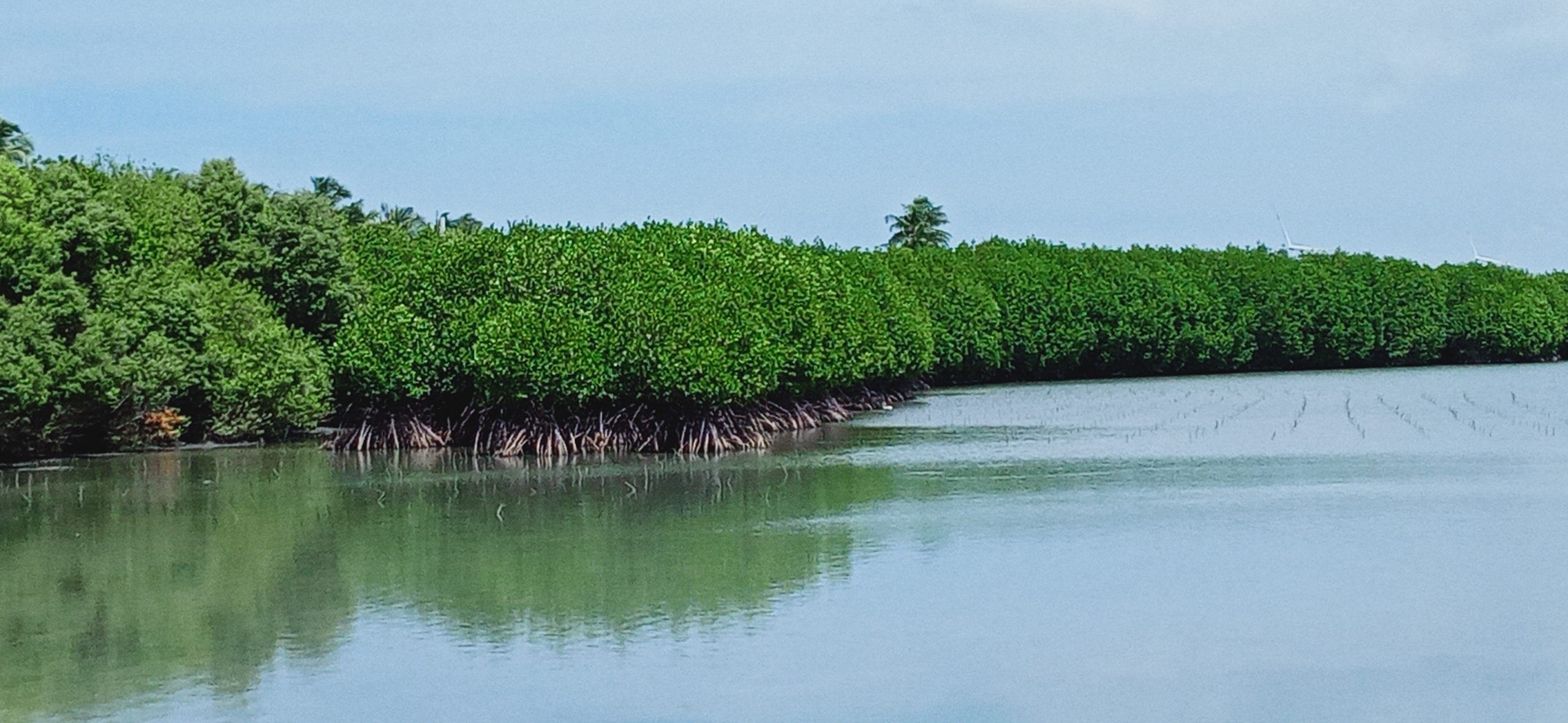
Mangroves only grown in tropical and sub-tropical regions have several adaptations to living in high-saline water and withstand tidal fluctuation. Mangroves mostly evolved in lagoons & estuarine environments and they can never be observed in higher latitudes as they are weak to combat the low-temperature grades. Rekawa, Mannar, Puttalam, Kalpitiya, Trincomalee, Negambo, and around the river mouths of Kaluganga, Bentara river, Madu Ganga, Nilwala river & Walawe are some mangrove patches around Sri Lanka. Mangroves are not a single plant species. “Mangroves” is a common name for a group of species that shows a specific collection of adaptations to living in a particular environment. There are about 80 mangrove species that were identified around the world and 28 species can be observed in Sri Lanka. Kirala (Sonneratia alba), Mal kadol (Bruguiera gymnorhiza), Manda (Avicennia marina), and Gin pol (Nypa fruticans) are a few examples of mangroves in Sri Lanka. The Mangroves have adaptations to living in hypoxic (very low oxygen concentrated) environments, which have high saline, stagnant water with an extreme amount of debris & sediment accumulation. The mangrove ecosystem is an ideal shelter for several endemic and cosmopolitan bird species, lagoon and estuarine fishes, prawns, crabs, reptiles, and amphibians while balancing the biodiversity around coastal ecosystems. Mangroves stand against soil and land erosion in riverbanks, potentially caused by sea waves, tsunamis, and high tides while providing a wide variety of other ecosystem services.
![]() Amami
Amami

This conference will provide a platform to exchange knowledge, engage in discussions, and network opportunities in mangrove conservation & management, restoration, and promoting ecological balance and sustainable economic development.
Let’s join together at this dynamic event to learn more about the importance of mangroves in building climate resilience for a sustainable future for our planet!
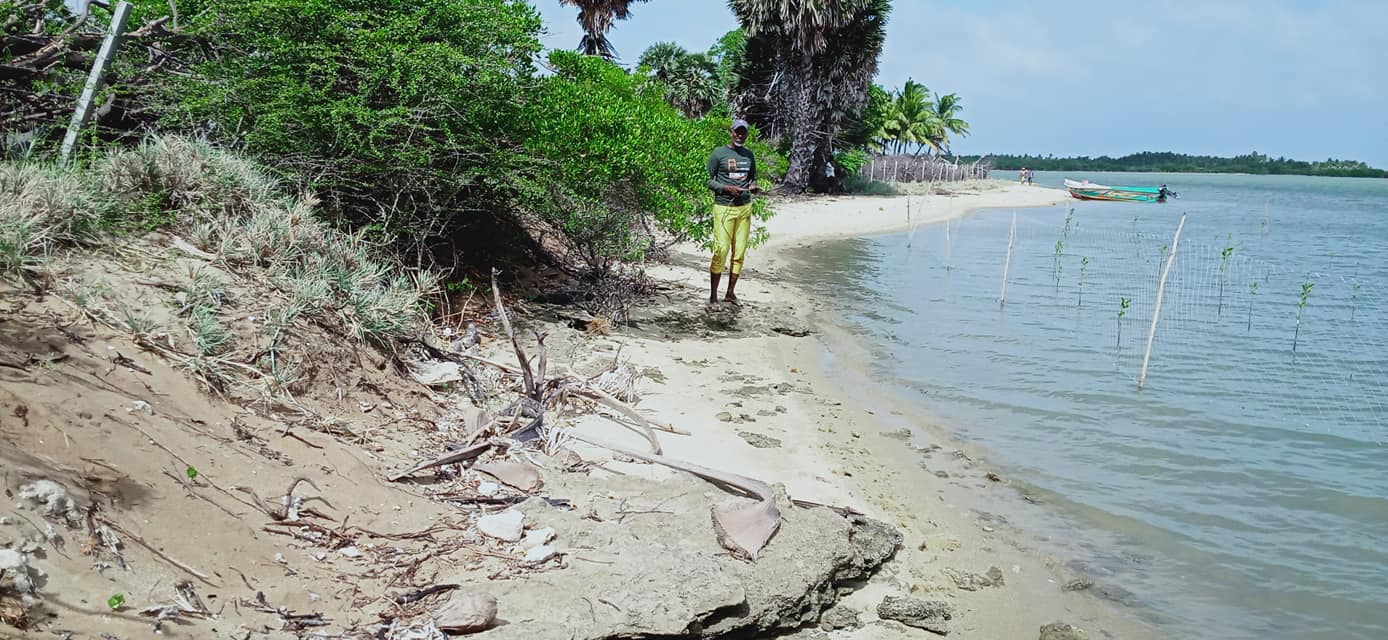
SOIL EROSION
In the past 150 years, roughly half of the topsoil on the planet has vanished. Other aspects of agriculture, including soil erosion, have an impact on the quality of the soil. Compaction, deterioration of soil quality, loss of nutrients, and salinity changes are a few of these effects. These problems are extremely genuine and can occasionally be very serious…
